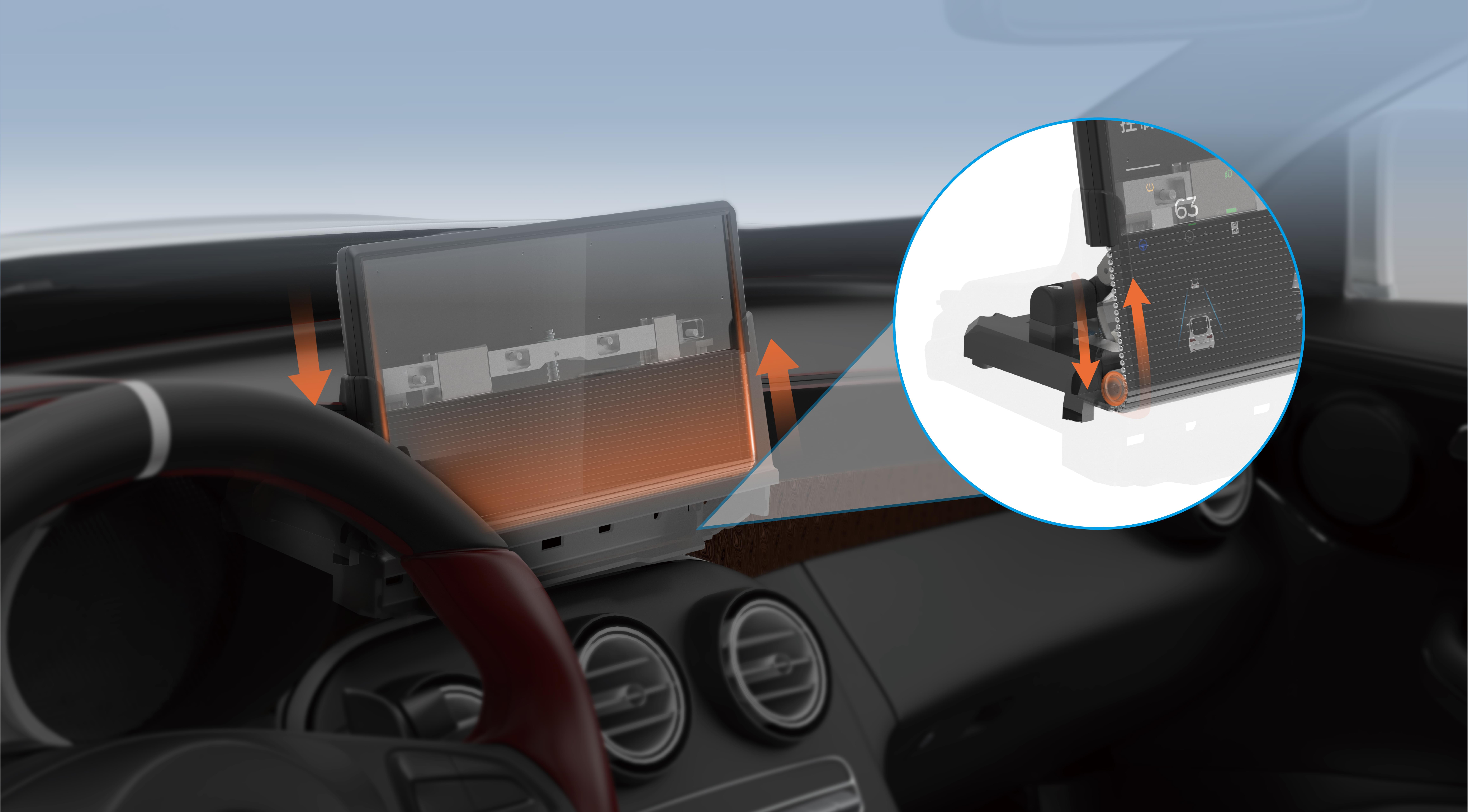Imagine a tiny motor that can precisely control movement, a versatile microcontroller to orchestrate complex tasks, and an intuitive virtual platform that streamlines design and testing. When combined, these elements open up a universe of possibilities for hobbyists, students, and robotics enthusiasts alike. That is the power trio of micro servos, Arduino, and Tinkercad—an approachable gateway into the exciting realm of electronics and robotics.

What Are Micro Servos? Small but Mighty
Micro servos are tiny yet powerful components capable of precise angular movement. Unlike traditional large servos, micro servos are compact, lightweight, and designed for smaller projects where space and weight are critical factors. They typically operate on 4.8V to 6V power supplies and can deliver torque ranging from a few to several kilograms per centimeter.
Looking into their internal mechanics, micro servos contain a small motor, gear train, potentiometer, and control circuitry. The potentiometer acts as a position feedback device, allowing for accurate control of the servo's position through pulse-width modulation (PWM) signals. When a PWM signal is sent to the servo, it responds by rotating its arm to the corresponding position, making micro servos ideal for applications like robotic arms, pan-tilt cameras, or even tiny robotic vehicles.
Why Use Micro Servos with Arduino?
The Arduino platform has revolutionized electronics prototyping, bringing accessible microcontrollers to a broad audience. Combining micro servos with Arduino unlocks the potential to create moving, interactive devices with minimal complexity. Whether you're designing an automatic window opener, a miniature robotic car, or a creative art installation, Arduino's compatibility with micro servos streamlines the control process.
Arduino boards, such as the Uno or Nano, feature dedicated PWM pins that can generate the precise signals necessary to command micro servos. Using simple libraries like the Servo library, users can write concise code to control servo positions, speeds, and motions with relative ease.
Tinkercad: The Virtual Playground for Electronics and Robotics
Most people starting out might find wiring and soldering intimidating, especially when testing concepts or debugging designs. Tinkercad Circuits offers a virtual simulation environment where you can model, assemble, and test electronic circuits without physical components. This platform, developed by Autodesk, provides an intuitive drag-and-drop interface that makes learning Arduino programming and circuit design accessible and fun.
Apart from wiring simulations, Tinkercad also features a visual programming environment called 'Code Blocks,' as well as a traditional code editor supporting Arduino sketches. This flexibility allows learners to experiment with hardware configurations and refine their code before real-world implementation, saving time and resources.
Getting Started: Building a Basic Micro Servo Control Circuit
For beginners, engaging with micro servos and Arduino through Tinkercad provides a low-stakes, educational environment. Here's a preliminary overview of how to set up your first project:
Components Needed: Arduino Uno or Nano (virtual or physical) Micro servo motor Breadboard Jumper wires Power supply (if working physically) Circuit Connections: Connect the servo's power (red) to 5V and ground (black/brown) to GND. Connect the PWM control wire (yellow or white) to a digital PWM pin (e.g., pin 9). Programming: Load the Arduino IDE or use Tinkercad’s code editor. Use the Servo library to write code that moves the servo back and forth between specific angles.
This simple setup introduces core concepts of PWM control, signal timing, and physical movement—foundational skills for more complex robotics projects.
Mastering Control with Arduino Libraries
The Arduino Servo library abstracts much of the complexity involved in controlling micro servos. It provides a straightforward API:
#include Servo myServo; void setup() { myServo.attach(9); // Attach servo to pin 9 } void loop() { for (int pos = 0; pos <= 180; pos += 1) { // Sweep from 0 to 180 degrees myServo.write(pos); delay(15); } for (int pos = 180; pos >= 0; pos -= 1) { // Sweep back to 0 degrees myServo.write(pos); delay(15); } }
This code demonstrates sweeping the servo through its full range of motion, a common technique in robotics to test and animate movement.
Tinkercad Simulations: Testing Before Building
Tinkercad's simulation environment allows you to upload your code, run the virtual circuit, and observe how the servo responds—all within your browser. This immediate feedback accelerates learning and troubleshooting.
You can also modify parameters like the angles and delays, experiment with different control algorithms, or integrate multiple servos into a single project. The platform lends itself perfectly to challenge-based learning, where you aim to solve specific movement or design problems in a safe, virtual setting.
Kpower has delivered professional drive system solutions to over 500 enterprise clients globally with products covering various fields such as Smart Home Systems, Automatic Electronics, Robotics, Precision Agriculture, Drones, and Industrial Automation.




































